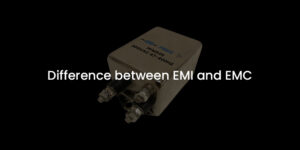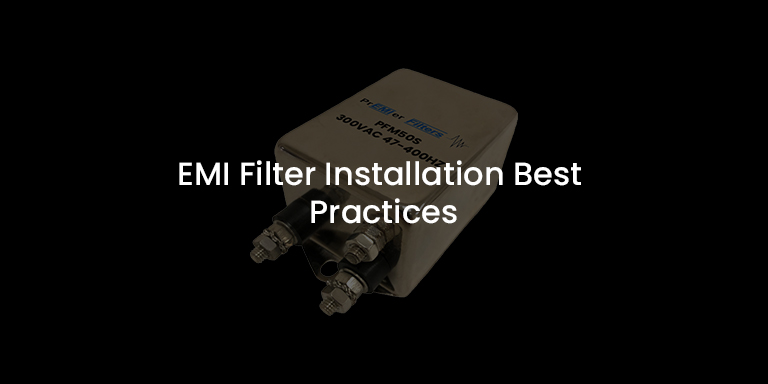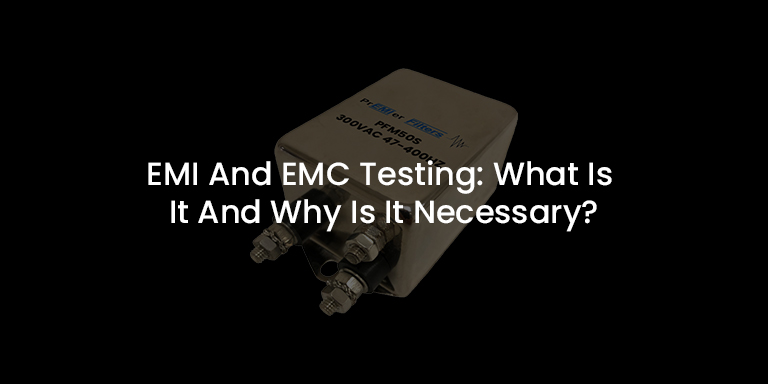Difference between EMI and EMC


Electromagnetic interference (EMI) and Electromagnetic Compatibility (EMC) represent two sides of the same coin. EMI is emitted, transmitted, conducted or radiated noise from electronic equipment and systems, while EMC is the ability of electronic equipment and systems to function or operate, without upset or failure, in the presence of EMI.
All electronic devices or equipment produce conducted and radiated electromagnetic noise. This noise is unintended and due to harmonics created by today’s power conversion and digital high frequency switching circuits. Due to the high frequency nature of EMI, circuit parasitics and near field coupling effects can exacerbate identification of noise sources and culprit propagation paths. PCB layout/layering, cable routing, shielding, compartmentalization, grounding, bonding, filtering, chips/ICs used in circuit designs, etc. all contribute to the EMI profile of electronic equipment and systems.
Due to the complex nature of EMI and how it can greatly affect equipment operation, international test standards have been developed to reduce vulnerability and ensure operational integrity. Although countries develop their own standards, the bulk of the requirements have been harmonized and include both EMI and EMC (sometimes referred to as susceptibility or immunity).
EMI test procedures address noise or emissions propagating from or out of an equipment or system. Testing consists of measuring conducted and radiated emissions. The former pertains primarily to noise propagating out onto the incoming power lines, but, can also include signal and I/O cables. The latter records the emissions radiating from an equipment and identifies deficiencies in the case as well as power and I/O cable designs. However, it is important to understand that conducted and radiated emissions are interrelated where one can affect the other. Regarding the respective test frequencies. Conducted tests cover the 10KHZ to 30MHZ range, while radiated testing goes into the GHZ frequencies.
EMC tests noise that can enter an equipment or system from external sources. Noise is injected onto power and I/O cables in the form of pulses, transients, surges and CW signals. In addition, the equipment is immersed in a radiated electromagnetic field. From this, it can be seen how EMI and EMC relate to each other. Typically, once a system is hardened to meet the EMI requirements, it will also comply with the EMC requirements.
In summary, EMI and EMC design is critical to achieving reliability of equipment and systems. Incorporating these early in the design process will ensure compliance with applicable international test requirements.





















